Snake plants, also known as Sansevieria or mother-in-law’s tongue, are popular for their hardy nature and striking appearance. Growing snake plant seeds can be a rewarding endeavor, especially if you follow these 10 essential steps for success.
1. Choose Quality Snake Plant Seeds
The first step in growing snake plant seeds is to ensure you have high-quality seeds. Purchase seeds from a reputable source to guarantee their viability and health. Look for seeds that are fresh and have been stored properly to increase your chances of successful germination.
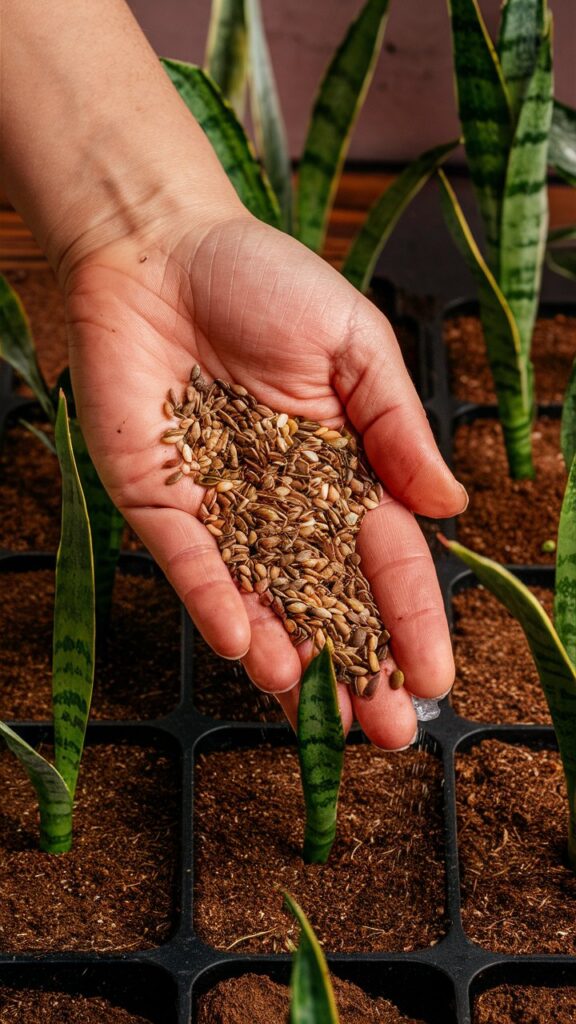
2. Prepare the Right Soil Mix
For optimal growth, prepare a well-draining soil mix. A combination of potting soil, perlite, and sand works well for snake plant seeds. This mix helps prevent water-logging and ensures that the seeds receive adequate aeration. Fill your seed trays or pots with this soil mix before planting.
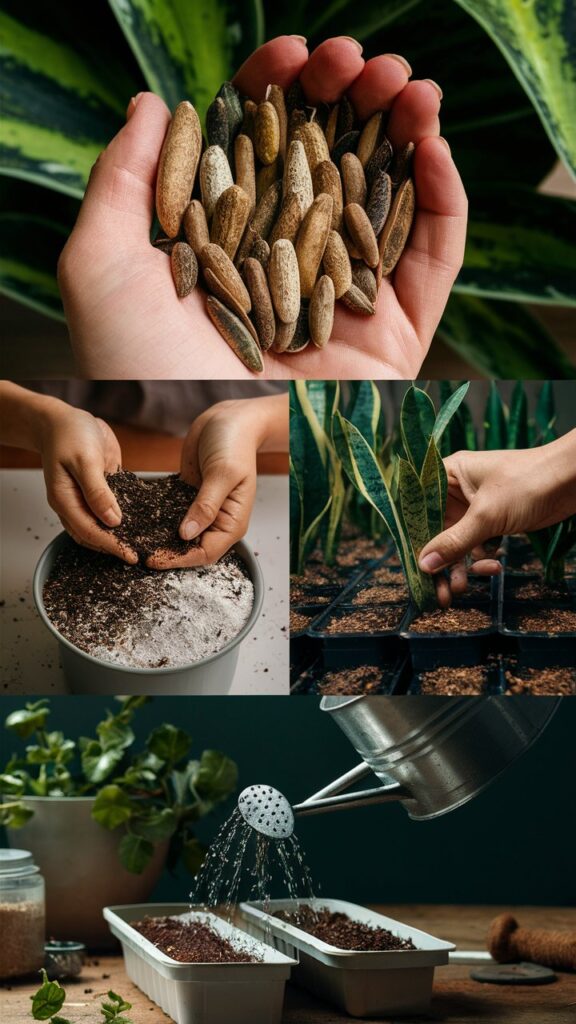
3. Sow the Snake Plant Seeds
Sow your snake plant seeds evenly over the surface of the prepared soil mix. Gently press the seeds into the soil, but do not cover them with too much soil. Snake plant seeds need light to germinate, so a light sprinkling of soil or none at all is ideal.
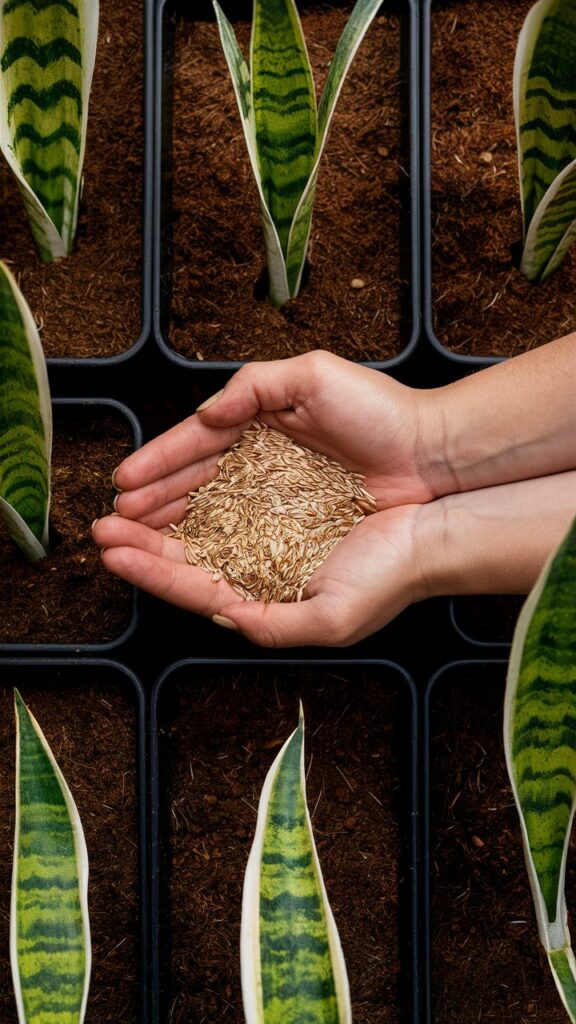
4. Maintain Proper Moisture Levels
Keeping the soil moist is crucial for germination. Lightly water the soil to keep it consistently damp but not soggy. Overwatering can lead to mold growth and seed rot, so ensure the soil drains well and avoid excess moisture.
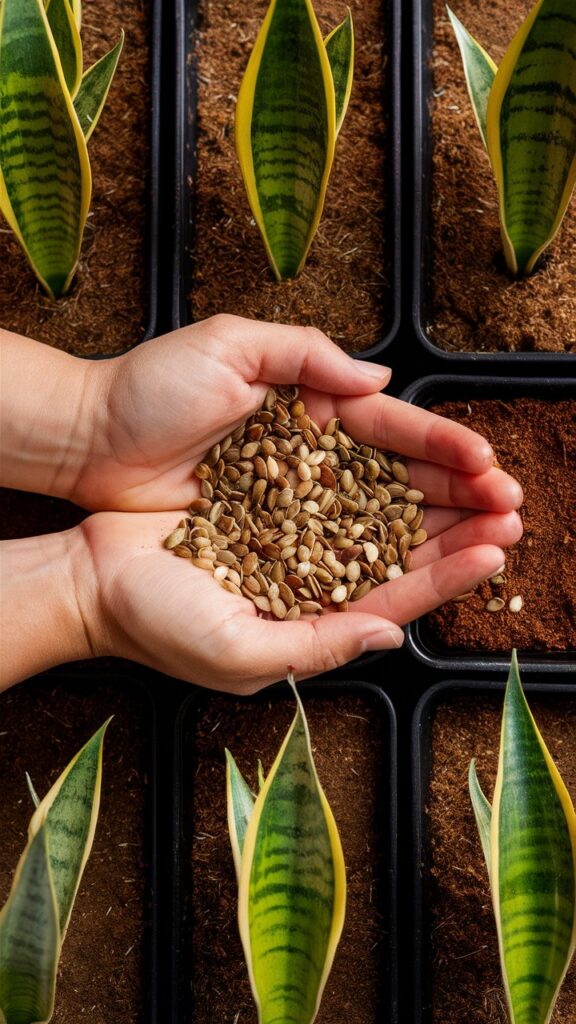
5. Provide Adequate Light
Place your seed trays or pots in a location with bright, indirect light. Snake plant seeds need light to germinate, but direct sunlight can be too intense and may hinder growth. A south-facing window with filtered light or under grow lights works well.
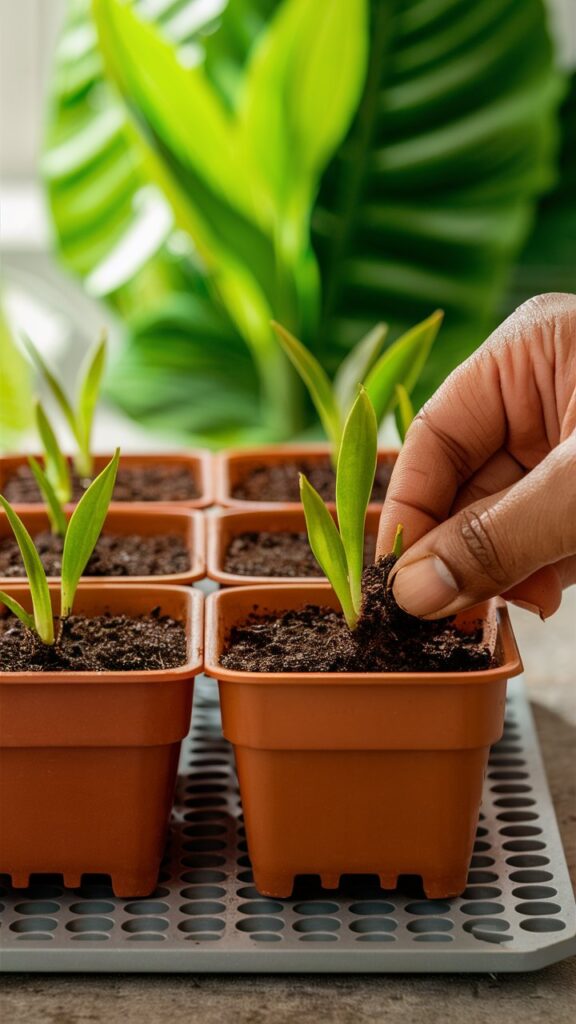
6. Keep the Soil Temperature Consistent
Maintain a consistent soil temperature for optimal germination. Snake plant seeds typically require temperatures between 70-85°F (21-29°C). Using a seed heat mat can help regulate the temperature and promote uniform germination.
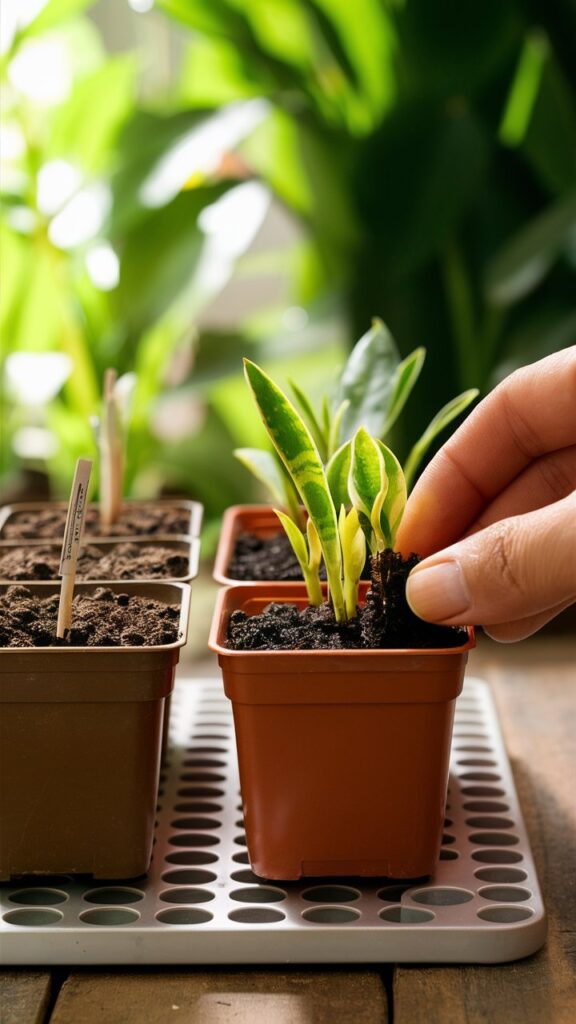
7. Be Patient During Germination
Germination can take several weeks to a few months for snake plant seeds. Be patient and avoid disturbing the soil during this period. Keep the environment consistent in terms of moisture and light to encourage successful germination.
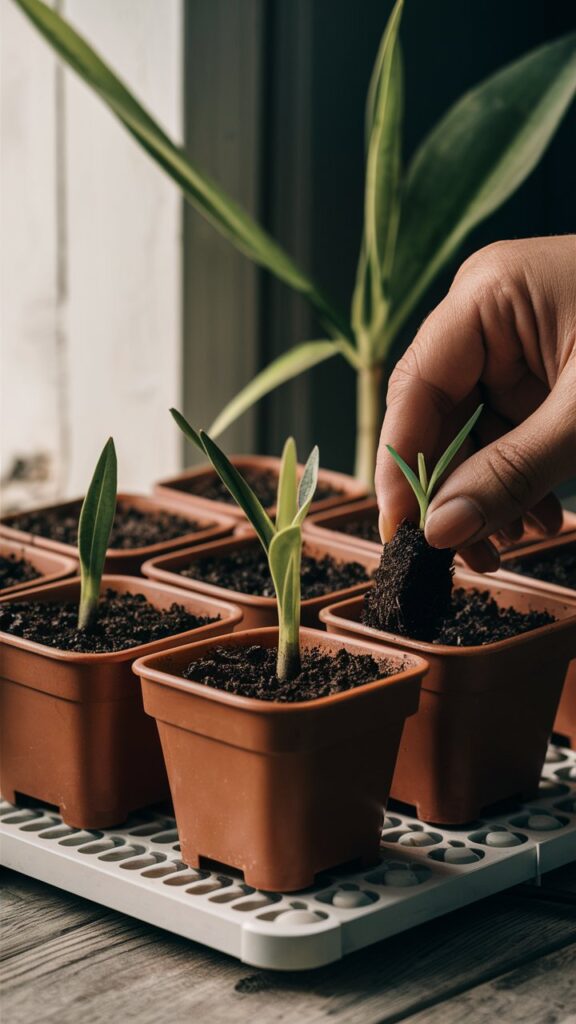
8. Transplant Seedlings Carefully
Once your seedlings have developed a few sets of leaves and are large enough to handle, it’s time to transplant them. Gently move them into individual pots or larger containers. Handle the seedlings by their leaves rather than the roots to avoid damage.
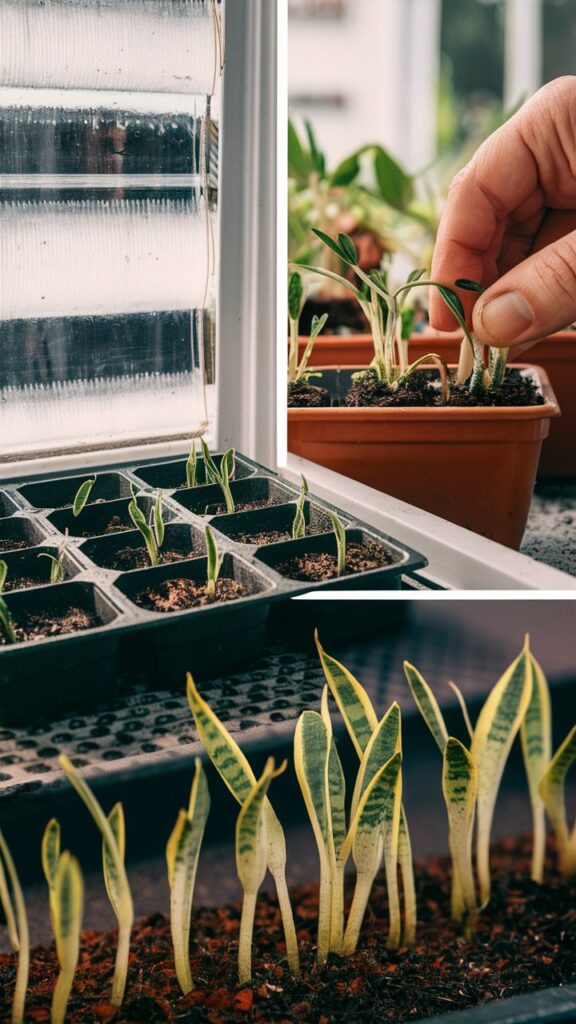
9. Provide Proper Care for Growing Plants
After transplanting, continue to care for your snake plants by providing adequate light, moisture, and occasional feeding. Snake plants are relatively low-maintenance but will benefit from occasional watering and a balanced fertilizer.
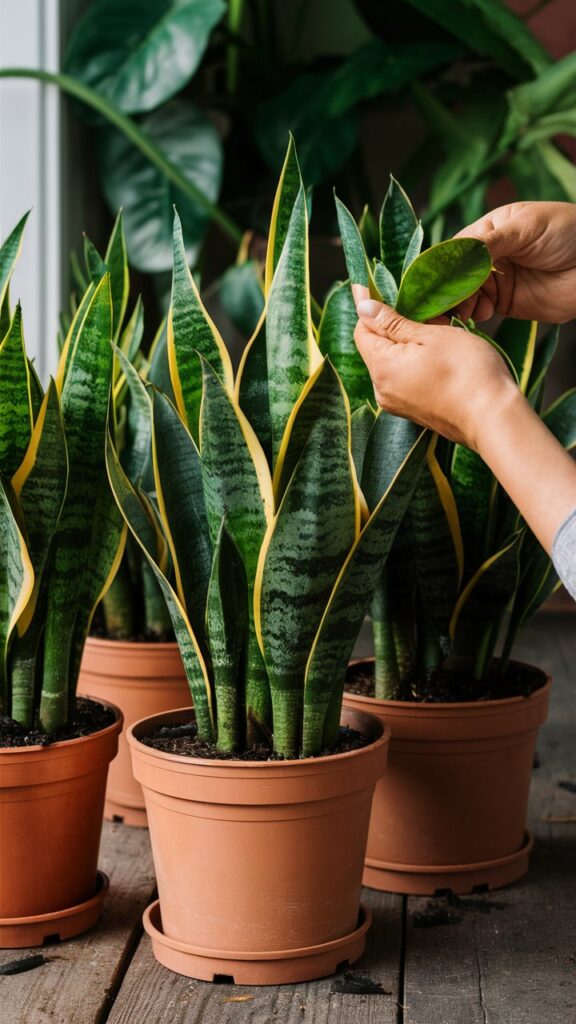
10. Monitor for Pests and Diseases
Finally, keep an eye out for common pests and diseases. Snake plants are generally resistant, but problems such as mealybugs or root rot can occur. Regularly inspect your plants and address any issues promptly to ensure healthy growth.
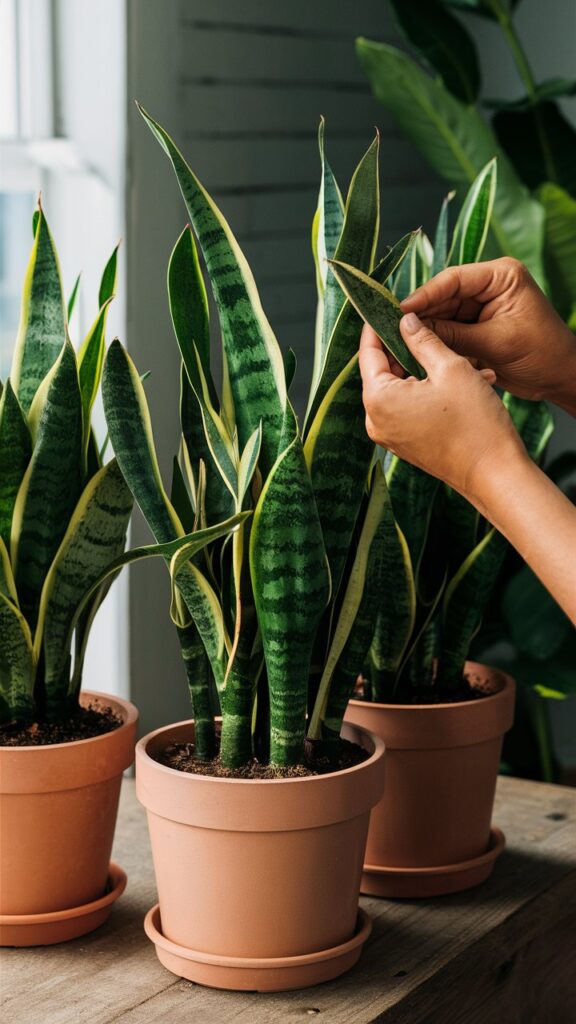
By following these 10 essential steps, you’ll be well on your way to successfully growing snake plant seeds into thriving, beautiful plants. Enjoy the process and the rewards of nurturing these resilient and attractive houseplants.



